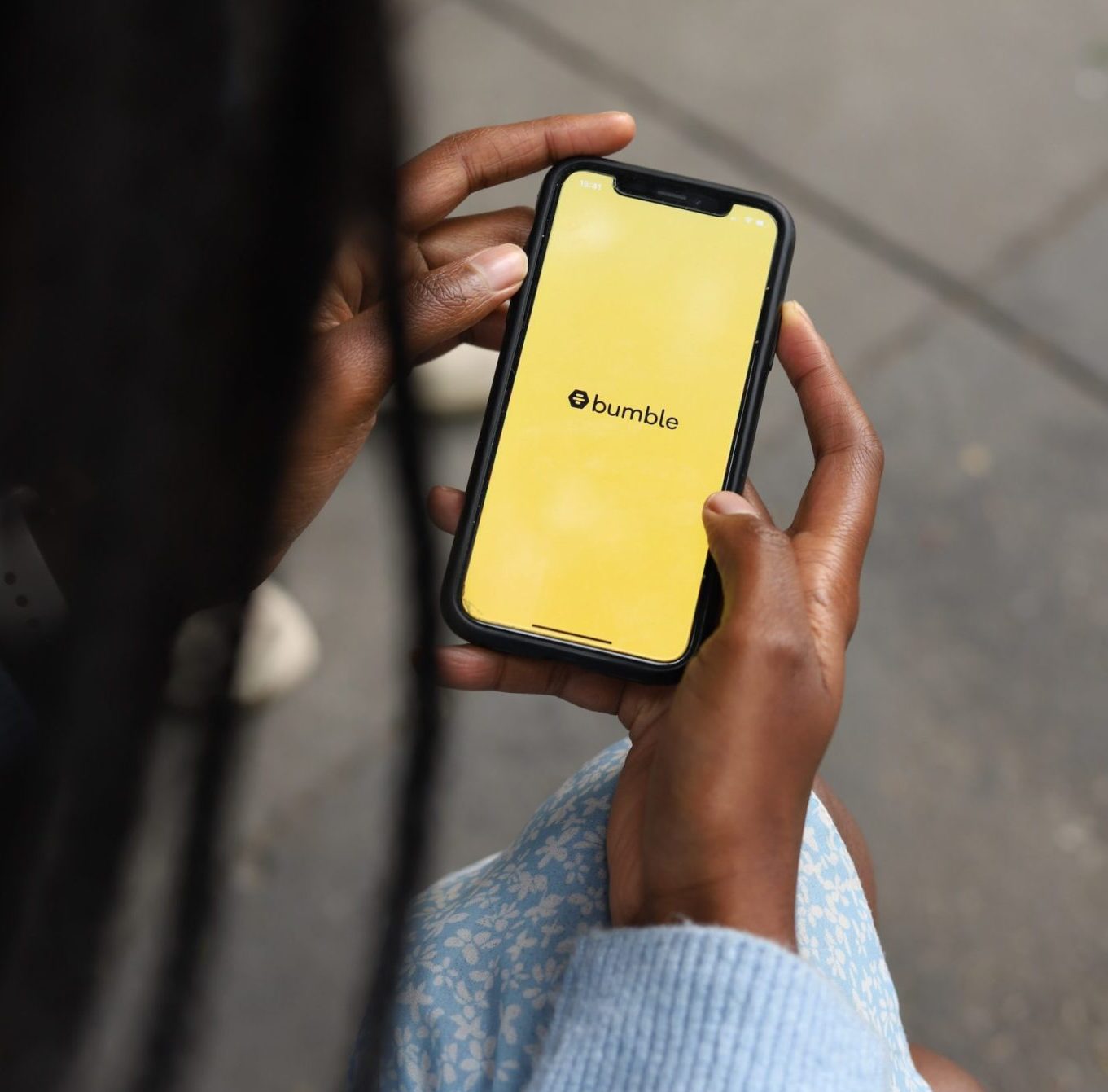If you want to launch a new business, and do not have a vast marketing budget, then it might be a good idea to come up with a clever stunt to capture attention.
Whitney Wolfe-Herd did just this when she launched the dating app Bumble. Wolfe-Herd and her team put official looking signs around university campuses advising students that they were not permitted to use Facebook, Twitter, Tinder and Bumble when attending lectures.
As the author Richard Shotton notes, “What a smart way to elevate a tiny brand to the scale of rivals and pique interest.”
And it worked. Bumble is now the second most popular dating app in the US (after Tinder) with more than 42 million users.
British entrepreneur Jo Malone was thinking along similar lines when she decided, in 1998, to branch out from her London base and launch in New York, with a concession stand at the prestigious Bergdorf Goodman department store.
With no major marketing budget, she recalled desperately trying to think of how she could possibly make an impact in a place as competitive and cutthroat as midtown Manhattan.
Billboards and glossy magazine ads, which would be the usual places to announce the arrival of a new luxury brand, were out of the question.
“I sat there in a hotel room thinking: ‘I am going to fail, what am I going to do?'” she recalled.
But then she had an idea.
Malone contacted a group of friends and, after putting the word out, they assembled a group of 50 people who were tasked with carrying distinctive Jo Malone shopping bags whenever they went to the most fashionable districts of New York.
The bags were empty. But people noticed them.
“These bags started to be recognised in really savvy parts of New York City, so when we opened the store people thought there was already a store somewhere,” Malone says.
“When you are an entrepreneur and you have no money you have to think and you have to turn on a sixpence. I don’t think it was deceptive. I would salute anybody who uses creativity in a unique and different way.”
But perhaps Frederick the Great of Prussia had the greatest stunt of all. Despairing of people refusing to eat potatoes, which were considered low status, he placed guards around fields to “protect” them from thieves. Sure enough, the humble potato became a desirable food.










